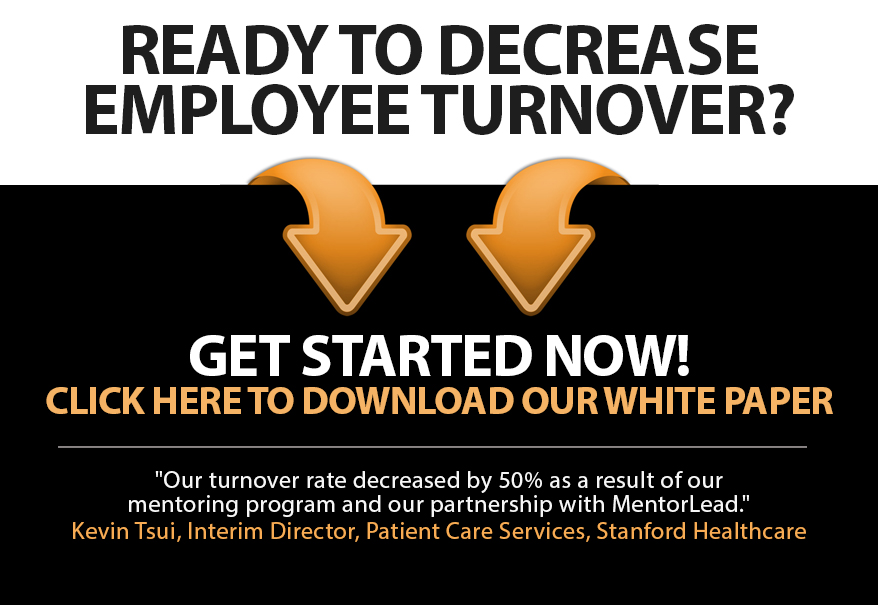
[Flash] Rerouting… What the GPS Can Teach Us about Leading Better
|
![]()


|
![]()


|
![]()


| Bob scheduled a car to pick me up. He said, “I’ve worked with Mr. Woldegiorgis for 8 years and he’s fabulous.” When Mr. Woldegiorgis arrived, the first thing I said when I got in the car, “Bob thinks you’re fabulous.” Mr. Woldegiorgis smiled, sat up proudly, and drove me to the airport as only a fabulous driver would.
It is estimated that 50,000 thoughts race through our minds every day, and 70% of them do not serve our success. We spend an inordinate amount of time doubting ourselves, obsessing about mistakes, and worrying. The flood of negative thoughts is self-deflating. But we can help combat people’s sabotaging self-talk by repeating the good stuff we hear others say about them. For example, when Barbara emailed me, “My mentor is awesome!” I forwarded Barbara’s email to her mentor, repeating the good stuff. Barbara’s mentor immediately replied, “Thank you! That made my day!” It’s a phenomenon called the “Pygmalion effect” in which people internalize positive labels. Essentially, others’ expectations of them affect their performance. As leaders when we repeat the good stuff, we elevate the importance of that positive label which serves to:
And this leads to an increase in performance, because people want to emulate their positive label. Here’s what I love about repeating good stuff:
When people feel good about themselves, they achieve more. And we need people inflated by pride, not deflated by self-sabotage. |
![]()


Today we finished our cycling adventure around the Green Mountain State!
As the last few miles moved under my pedals, I reflected on what I’ve learned from this year’s ride…
Was it about having more fun and finding more joy? No!
There were plenty of un-joyful moments during this trip:
So, no. My insight was not about creating more fun-filled journeys in life.
Rather, I re-discovered what it means to persevere in spite of all those un-joyful moments. To set a goal and endure through a deluge of unwanted circumstances. To be completely uncomfortable and inconvenienced (and hungry!) in dogged pursuit of a finish line. And to get up the next day and face it all again.
My reward? I experienced a beautiful state, explored delightful towns, and met interesting people. And I amazed myself with my own strength and power.
As Jim Rohn once said, “The ultimate reason for setting goals is to entice you to become the person it takes to achieve them.”
Ultimately it wasn’t about the mileage or the elevation. It was about becoming a stronger person mentally, emotionally, and physically. It was about re-learning to persevere in the face of uncontrollable, unforgiving circumstances.
I’m ready for the next challenge!
![]()


My first long distance bike ride was in 1997 when I cycled from San Francisco to Los Angeles in the California AIDSRide. I loved it!
Since then I’ve cycled across the country, up the East coast, down the West coast, Iowa RAGBRAI, MS Rides, Double Centuries, Crater Lake to Yosemite, and Banff to Yellowstone.
And tomorrow I launch my next cycling adventure around the Green Mountains in Vermont for a week with my biking buddy in a self-supported (carrying-our-own-stuff) ride.
As I reflect on 22 years of seeing the country from my bike, I wondered about my penchant for seeking new experiences.
And then I discovered neuroscientist David Eagleman.
Eagleman posits that when we inject novelty into our lives, we prevent the blur of months and years. Without novelty, time seems to pass quickly (“the older we get the faster time flies!”)
In reality time blur occurs because the older we get, the less that’s new to us. We only drove for the first time once. We only graduated from high school once. We only got our first job once.
Eagleman’s research shows that our brains record new, exciting experiences differently than routine experiences.
Seeking novelty helps us slow down the clock of our lives.
So how can we inject novelty into our routine?
Undoubtedly our default mode is comfort, consistency, and convenience. But introducing fresh experiences halts the blur of time and forces us to live in moments.
![]()


My favorite column in Sunday’s New York Times is “Social Q’s” penned by Philip Galanes.
Philip answers social etiquette questions in the style of “Dear Abby.” And his comments are always refreshingly candid.
Recently someone wrote to Philip about a friend whose is engaged to a much younger man: “The relationship is inappropriate and poses risks to her. At best she makes it out with a bruised heart. At worst she marries the man and finds herself financially and emotionally ruined. What do I owe my friend?”
Highlights of Philip’s particularly mercurial response include:
Philip’s pointed response gave me pause…
Admittedly I’ve catastrophized and judged friends’ joy before. And I’ve experienced other people’s catastrophizing.
So why do we feel the need to protect people from their own journey by offering unsolicited advice?
Psychologists have determined that advice-giving can stem from:
Ultimately, unsolicited advice feels like criticism, which threatens our autonomy. We hate being controlled and would prefer to make our own mistakes.
(Note: Unsolicited advice is different than useful, potentially life-saving or job-saving information. When we provide that information without advice, we protect someone’s freedom to choose what to do with the information. Ex: “There’s a tiger in the building.” vs. “You should leave the office because there’s a tiger roaming the halls.”)
So I’m committed to being vigilantly joyful instead of heedlessly judge-y. Unless someone specifically requests my advice, perspectives, ideas, mentoring, or help, I’m going to celebrate people’s joy and cheer them through their journey of learning.
![]()


I was registered for an OrangeTheory Fitness class this morning, but I didn’t want to go – I was so tired. However, I was too late to cancel without a penalty… And I’m so glad I didn’t – class was rejuvenating!
OrangeTheory Fitness (OTF) is a group fitness interval class incorporating rowers, treadmills, and weights. Since its launch in 2010, it has amassed a cult-like following.
Why? Because OTF uses 5 influencing strategies that we can exploit to make our own gatherings more irresistible and successful:
1. Commitment
At OTF each class is limited in size, and classes fill up quickly. So we register far in advance to reserve a spot. This forces us to plan and prioritize.
Commitments elevate the importance of events, and the added influence of scarcity drives people to take action.
2. Consequences
At OTF canceling within 8 hours of class results in a monetary charge.
With consequences, people tend to rise to their commitments instead of fall to their feelings (“I’m tired.” “I’m stressed.” “I’m busy.”)
3. Clarity
At OTF there are no surprises. The rules are clear, the room setup is consistent, and coaches demonstrate exercises, vigilantly track our time, and manage the flow between intervals.
People crave clear expectations in experiences and relationships.
4. Control
At OTF we wear heart-rate monitors to measure our effort throughout class. And flat screens around the room continuously display our heart rate zone, provoking us to work harder.
People just want to win, and they’ll exert the effort when success is in their control and measurable.
5. Congratulations
When we arrive at OTF, coaches applaud us. And at the end of class, we each get a woo-hoo! email with our specific results.
People are emboldened by recognition.
Ensure participants in your meetings and programs…
![]()


Over the past month, I have:
When I realized I had stopped paying attention, I knew it was time to go on vacation!
While my week away was refreshing, I did wonder… how had I become so scattered? So I did some research.
John Medina, author of the book Brain Rules, explains, “We are biologically incapable of processing attention-rich inputs simultaneously.” In other words, we cannot multitask – our brains can only focus on one idea at a time.
And then my research revealed a Focus Superpower: Questions!
Questions momentarily hijack our thought process. When our brain hears a question, it automatically triggers a mental reflex which contemplates the answer. And when that happens, the brain cannot think about anything else. It’s focused solely on the question.
So I practiced my Focus Superpower on vacation:
Just by asking myself a question, I forced myself to focus.
I also discovered that this Focus Superpower works on others – I can get anyone to momentarily focus by simply asking them a question (ex: What do you think of the butterflies?)
So now that I’m back in the real world, I’m exercising my Focus Superpower to be more purposeful:
It seems obvious and yet the implications of an intentional pause are profound.
What do you think?
![]()
